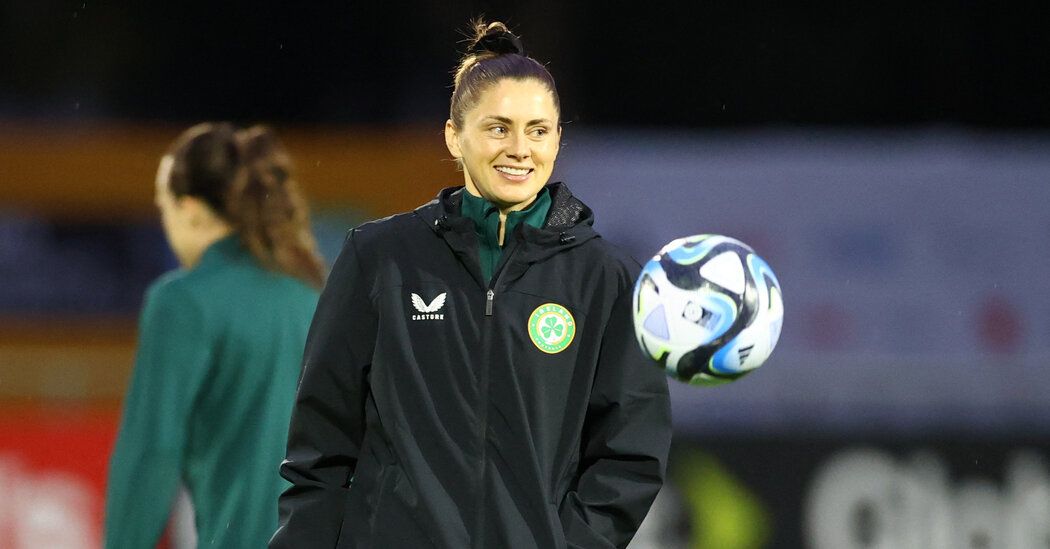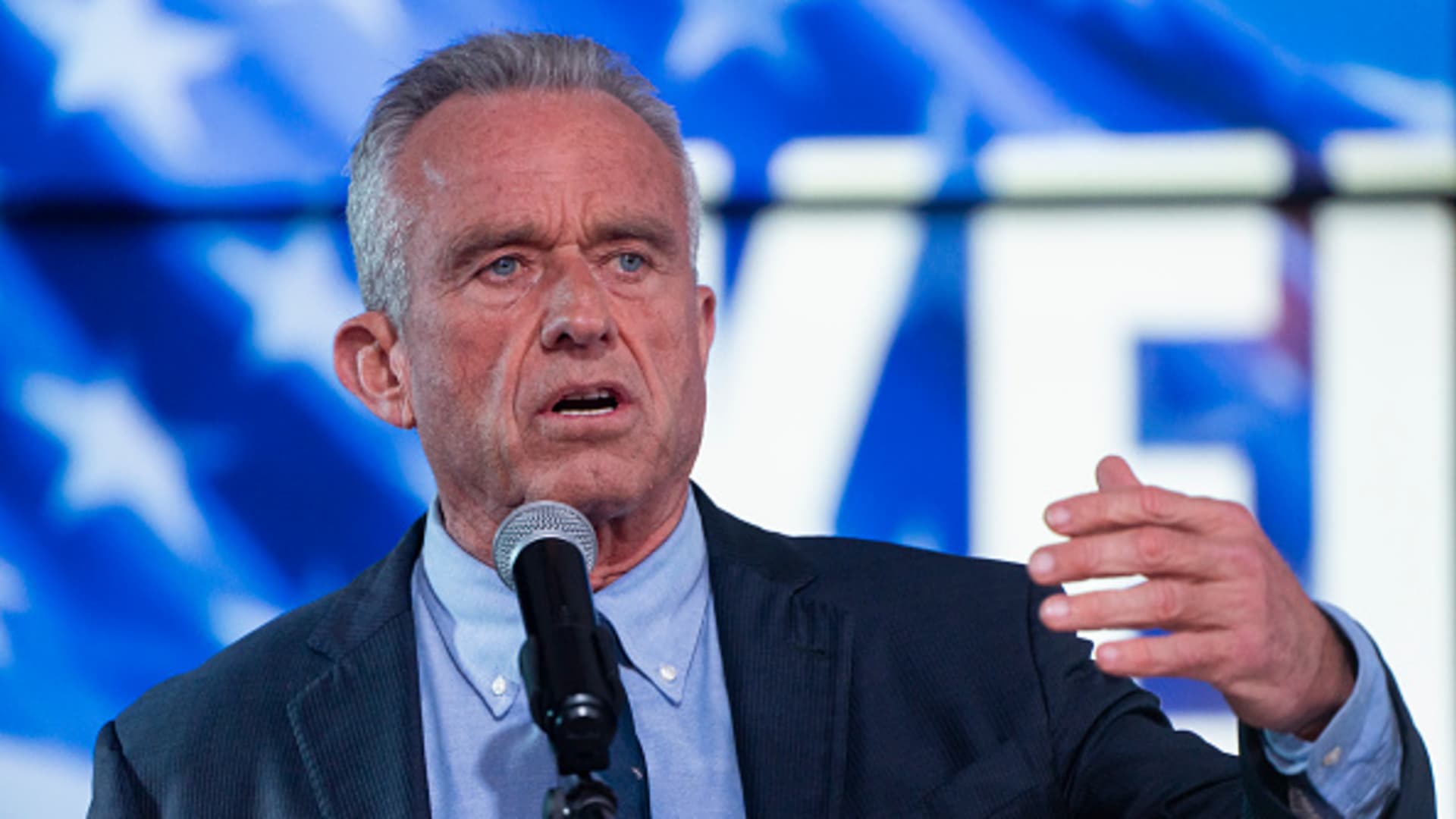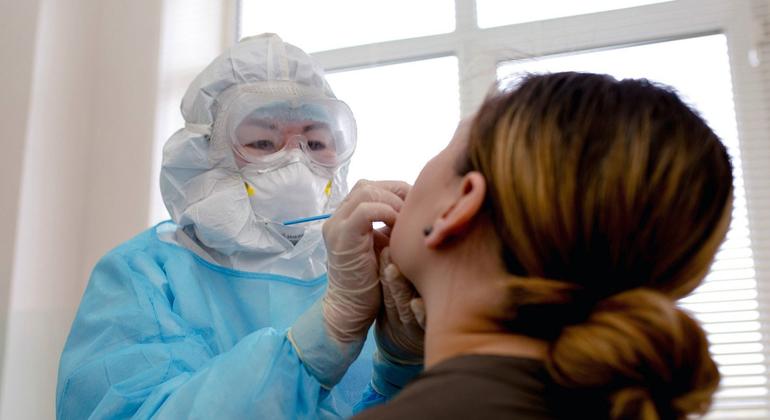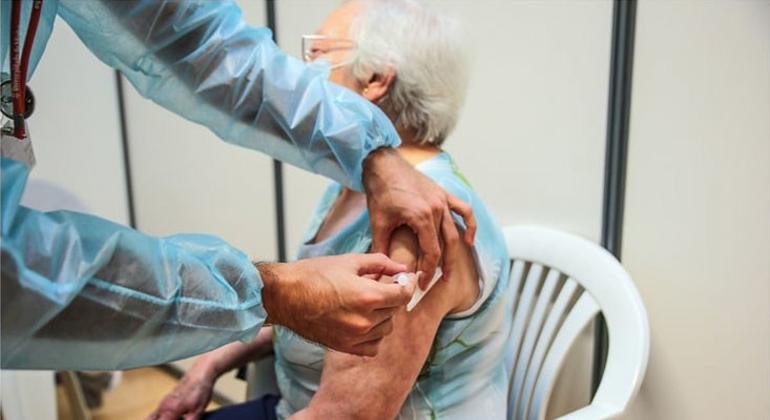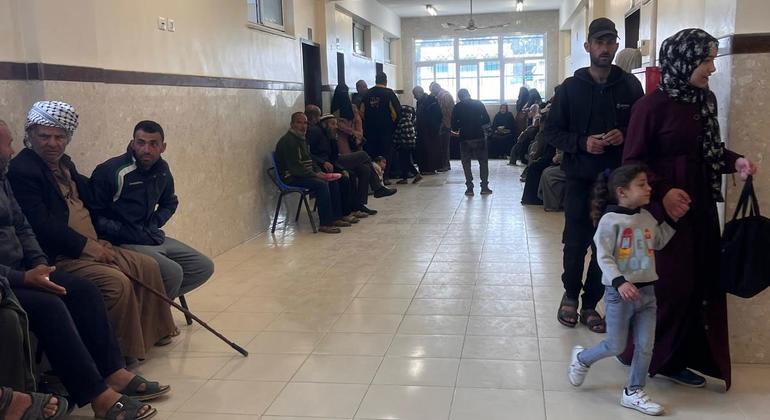The best way to do this, Common Goal maintains, is through the players. According to the organization's research, players tend not to turn to family or friends outside of football for support, but rather to look inward to their teammates. “It's a way to take back power,” Barrett-O'Keefe said. “It's a way of saying, 'I can help myself and I can help my teammates.'”
In the summer of 2022, Farrelly decided to return to the game. She wasn't entirely sure she felt ready. She was afraid of many things: not being good enough, disappointing herself, disappointing other people. “I feel comfortable being small,” she said. “There's a part of my brain that's there to protect me from getting hurt.”
However, he knew that at 33 years old he would not have another chance and that is why he took the risk. He began training with Gotham FC. He impressed enough to be awarded a contract. After a year he would play in his first World Cup.
It hasn't been as easy as it seems. Farrelly has never regretted her decision to return to football, she said, but there were times when she “cried every day,” when she wasn't sure she could be what she once was, when the highs and lows threatened to “fade away.” “. overwhelm her.”
This time, however, the culture had changed. In Gotham, she could talk. Not just her psychologist and her somatic therapist, but other players. She was able to talk to her teammates about the fact that she was seeing a psychologist. “I had to open up and be vulnerable,” she said. “Sometimes that meant having a hangover of vulnerability, but I'm grateful for it.”

